Génoise (Genoa sponge)
A recipe from cooking-ez.com March 10th 2019247 K 54.2
For 1 Génoise (Genoa sponge), you will need:
- 1 4 eggs
- 2 50 g noisette butter
- 3 110 g caster sugar
- 4 15 g vanilla sugar
- 5 125 g flour
- 6 30 g flakeds almonds (optional)
- Total weight: 500 grams
Times:
| Preparation | Resting | Cooking | Start to finish |
|---|---|---|---|
| 35 min. | 15 min. | 25 min. | 1 hour 15 min. |
Step by step recipe
| 1 | Put 4 eggs in a pan of hot water from the tap and leave for 10 minutes to warm, just to warm eggs not to cook them. If your eggs have been in the fridge, leave them for 20 minutes, renewing the hot water halfway through. | 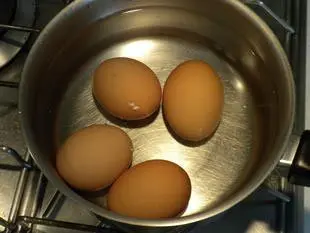 |
| 2 | Also fill the food-processor bowl with very hot water and leave to warm up. This is so that the eggs can be beaten in the warm, which improves their texture. In most Genoa sponge recipes, the eggs are beaten in a bain-marie, which is more difficult. |  |
| 3 | Preheat the oven to 200°C (390°F). Empty and dry the food-processor bowl, break the eggs into it and add 110 g caster sugar and 15 g vanilla sugar. | 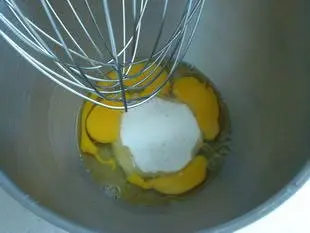 |
| 4 | Beat immediately at high speed until the mixture is light and fluffy... | 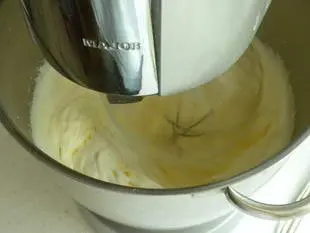 |
| 5 | ...and sticks to the beater slightly. | 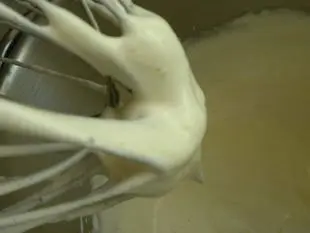 |
| 6 | Reduce the speed and add 50 g noisette butter, pouring in a thin stream (through a sieve to remove all the small impurities left after heating). | 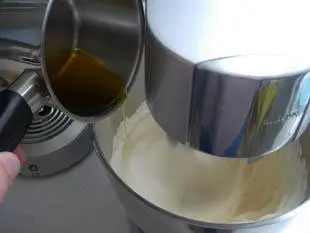 |
| 7 | Stop the machine and sieve 125 g flour into the mixture. |  |
| 8 | Incorporate the flour into the mixture quickly using a hand whisk. Important: this is the tricky part. You have incorporated lots of air into the mixture be beating the eggs and sugar together and it is this air in the form of tiny bubbles that will make the mixture foamy and give you a light sponge. You need to incorporate the flour as quickly as possible (within 30 seconds if possible) so that the mixture doesn't "fall". | 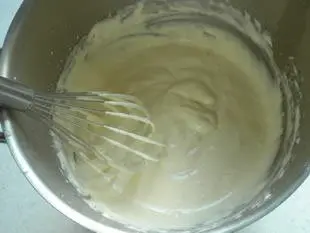 |
| 9 | Prepare a mould or tin by lining the bottom with a sheet of cooking parchment, as Genoa sponge sticks terribly and turning it out can be difficult. You can also scatter a few flaked almonds in the bottom. | 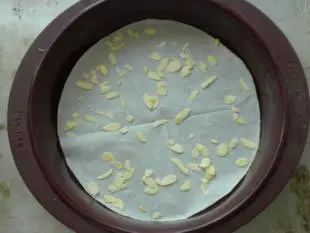 |
| 10 | Pour the batter into the mould and bake for 20 to 25 minutes. | 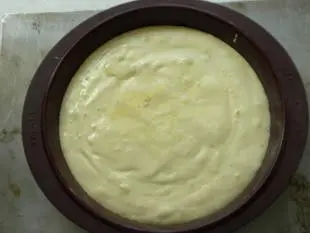 |
| 11 | Turn out while hot onto a wire rack. | 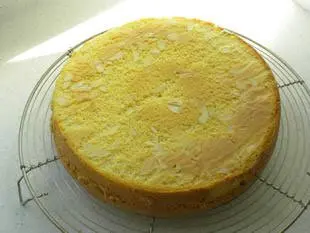 |
Remarks
For a chocolate Genoa sponge, reduce the flour by 50g and add 20g of powdered chocolate or cocoa powder.View this recipe : https://cooking-ez.com/base/recipe-genoise-genoa-sponge.php
January 3rd 2026.
